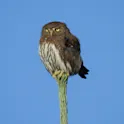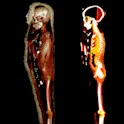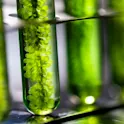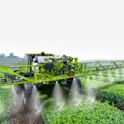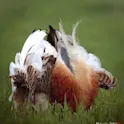
Life sciences
01 Feb 2023
Medicines that modify the circadian clock might help heal scars more cleanly
by Angharad Brewer Gillham, Frontiers science writer Image/Shutterstock.com Scientists determined that compounds which play key roles in both collagen synthesis and circadian management can be used to make wounds on cell samples heal more quickly and effectively, offering promise for treatments to prevent problem scarring in the future. Healing often leaves a scar. But the role of the scar itself in healing is often underestimated: a scar that doesn’t heal cleanly can be painful or upsetting or affect the range of movement of the affected body part. It may even require further surgical treatment. Now, scientists based at the University of California Los Angeles have found that compounds which target the circadian clock and affect the synthesis of collagen — a protein which is important for skin repair — could improve scar healing. “Our aim was to find compounds that were able to increase the rate at which dermal wounds heal while mitigating the formation of hypertrophic scars,” said Dr Akishige Hokugo, corresponding author of a study published to Frontiers in Medicine. “Scars can result in emotional distress following normal wound healing by serving as permanent reminders of the initial incident. Accounting for additional revision procedures, extended hospital stays, and […]
